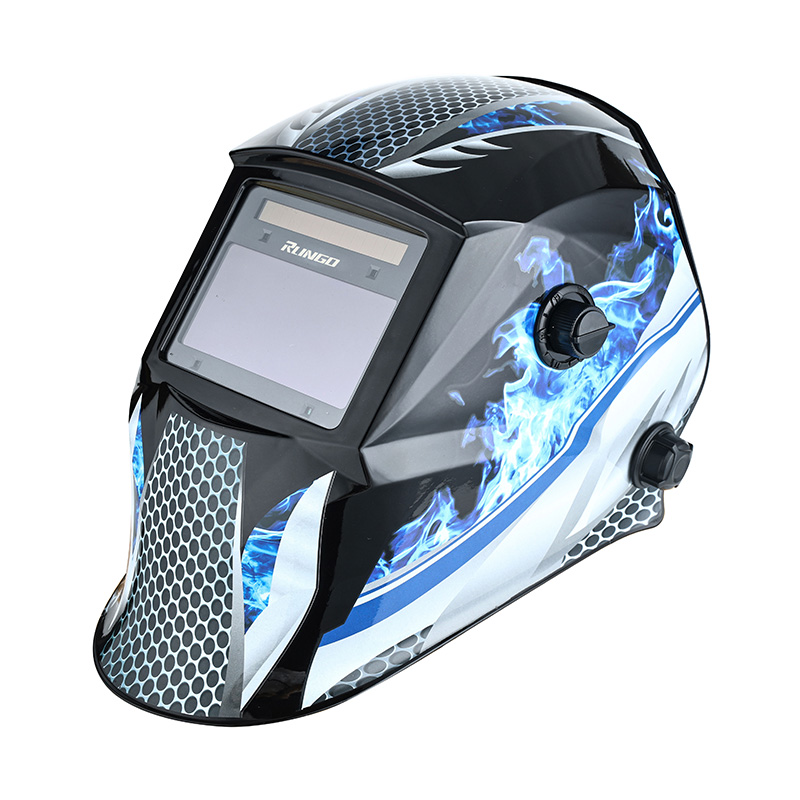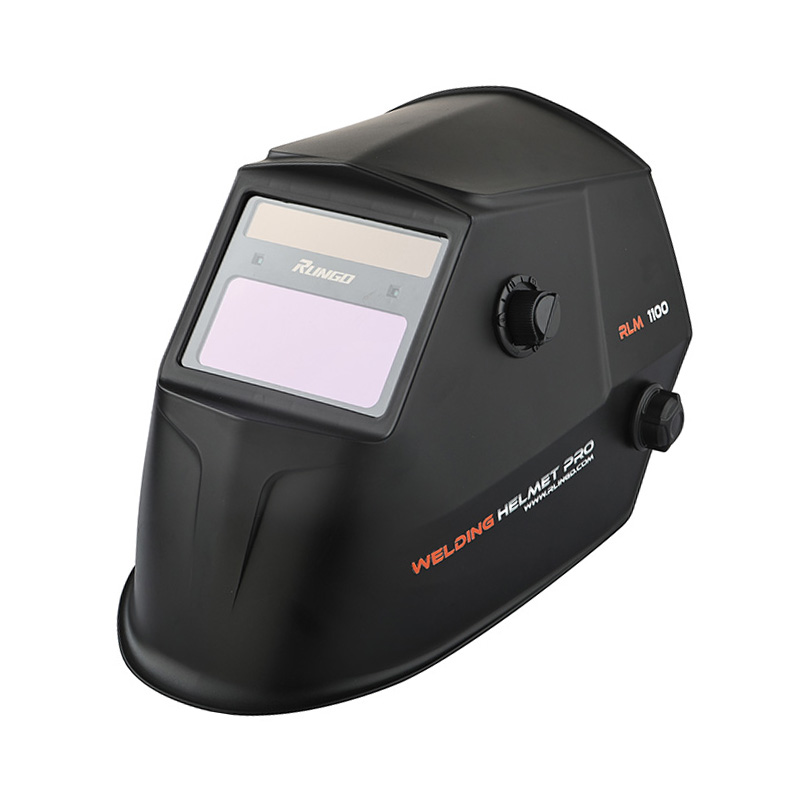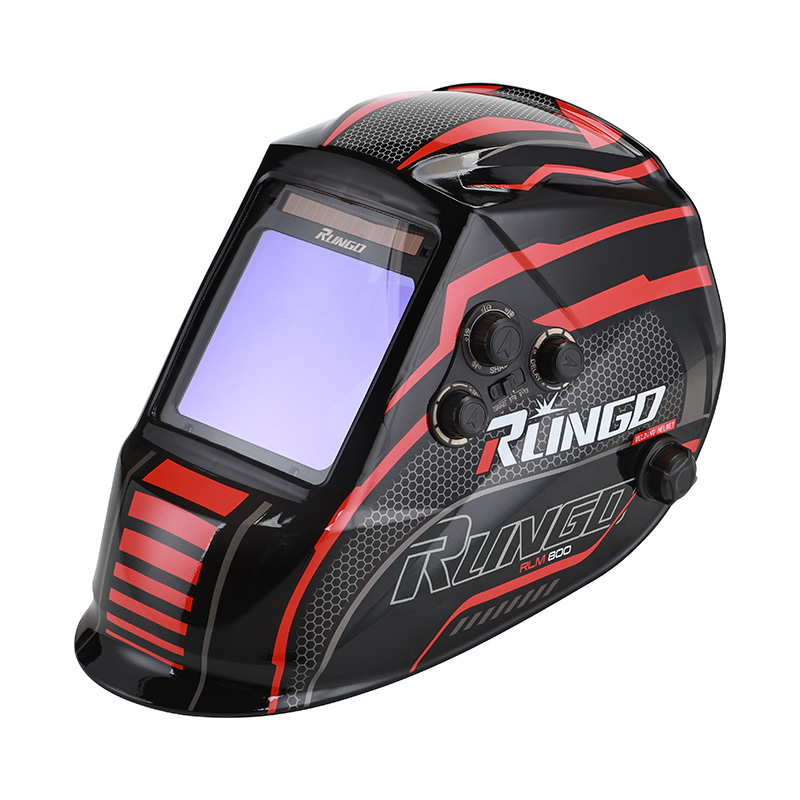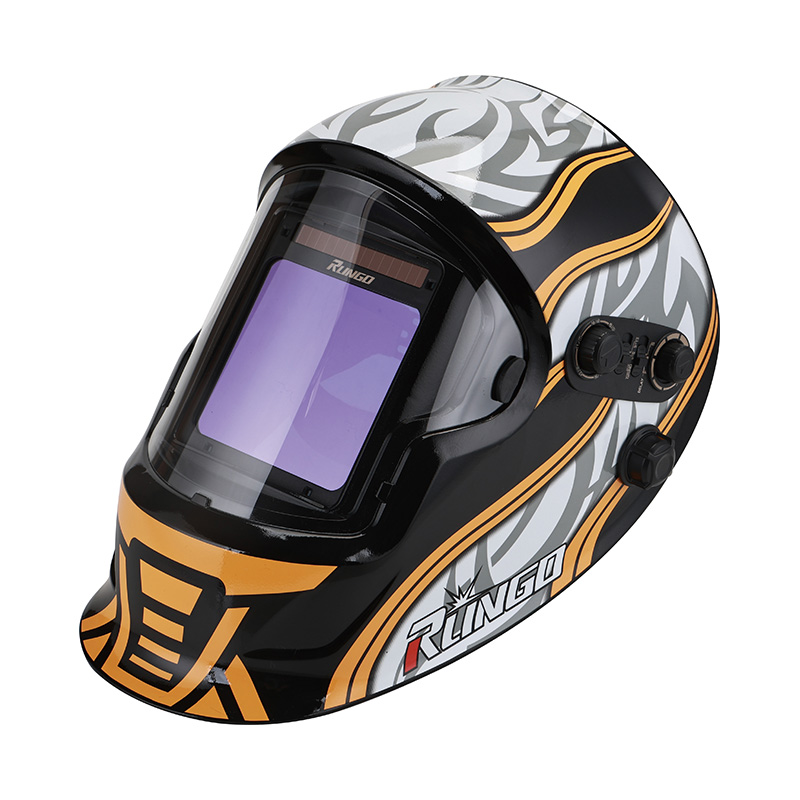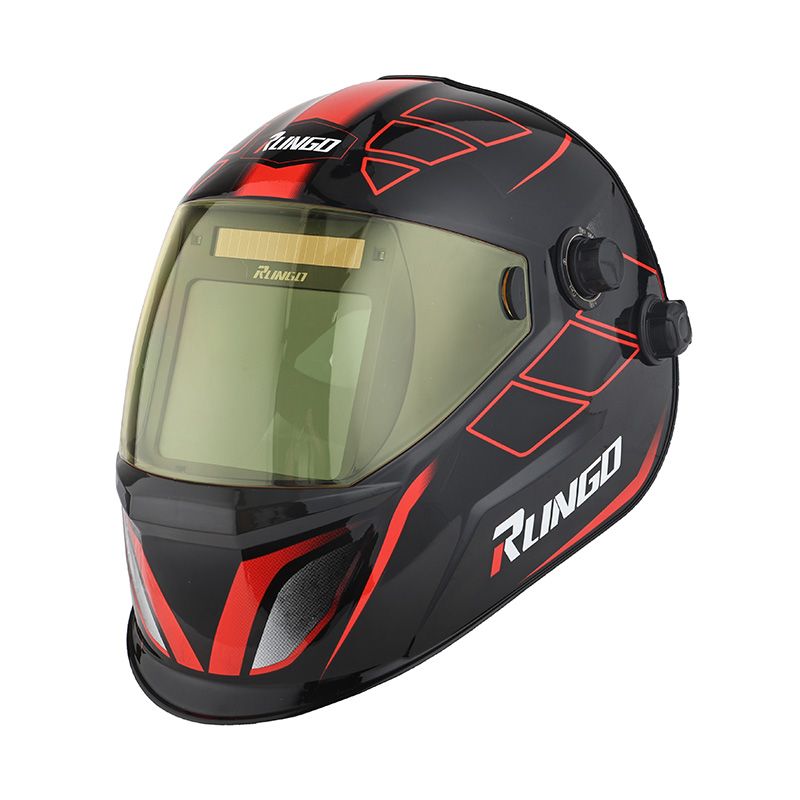Can Faster Auto Darkening Helmets Improve Safety and Workflow in Industrial Welding?
2025-08-08
The Role of Switching Speed in Welding Productivity
The Auto Darkening Welding Helmet has transformed the welding industry by providing eye protection that responds to arc light in milliseconds. These helmets are designed to automatically darken the lens when a welding arc is detected, eliminating the need for welders to flip their helmet visor manually. Among its many features, switching speed—or the time it takes for the lens to darken after arc ignition—is a critical factor. The question remains: does this reaction time significantly influence the welder’s operational efficiency?
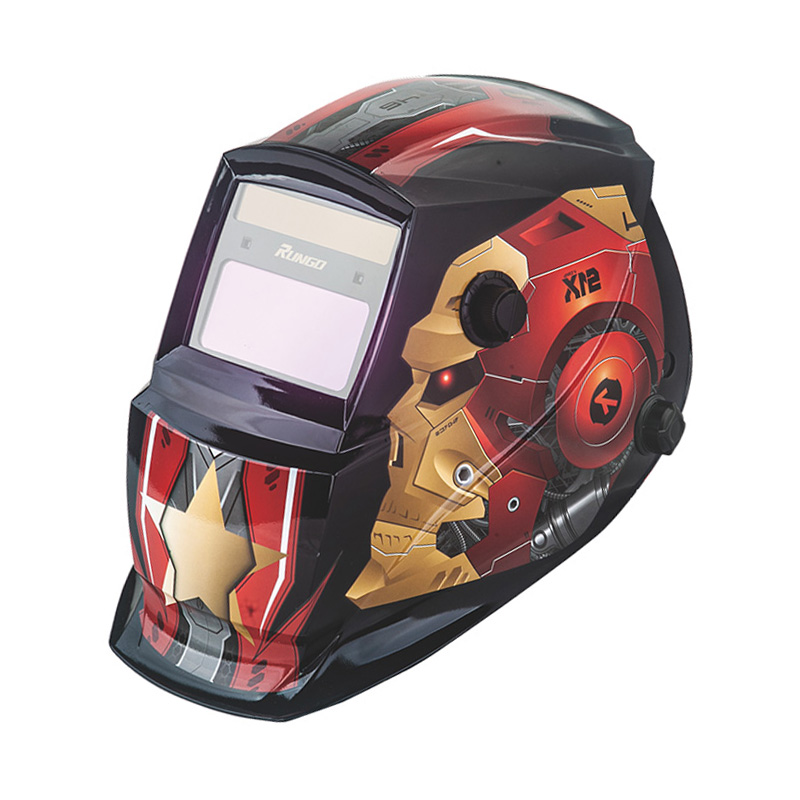
Importance of Immediate Visual Clarity
Welding is a process that demands high precision, and visual clarity is essential before, during, and after the arc strike. A helmet with a fast switching speed ensures that the transition from clear to darkened view happens almost instantaneously, typically in 1/25,000 of a second or faster in advanced models. This rapid change protects the eyes from sudden brightness while also reducing downtime caused by blinking or adjusting one’s posture after being temporarily blinded. Even a slight delay in lens darkening can disrupt the welder’s focus and rhythm, causing mistakes or rework.
Eye Strain and Fatigue Reduction
Another way switching speed influences efficiency is by reducing eye strain and fatigue. In slower-reacting helmets, even fractions of a second can expose the eyes to intense light, causing discomfort or cumulative damage over time. Welders may unconsciously hesitate to begin or continue work if they don’t trust their helmet’s protection, especially during long shifts or when working on delicate materials. By preventing these micro-pauses and hesitations, faster darkening helmets support continuous workflow and greater output.
Safety Enhancements and Operational Confidence
Operational efficiency isn’t solely about speed—it’s also about confidence and safety. When welders trust their equipment, they move more decisively and with better technique. A helmet that responds instantly builds this trust. Conversely, inconsistent or sluggish darkening can cause the user to adopt awkward positions, misalign joints, or weld at suboptimal angles to avoid eye strain. Over time, this not only affects the quality of the welds but also increases the likelihood of workplace injuries due to poor posture or distractions.
Comparative Performance in Industrial Settings
In industrial environments where speed and consistency matter, studies and user reports show that helmets with quicker switching speeds contribute to measurable productivity gains. Welders can start tasks faster, move between welds more fluidly, and experience fewer interruptions. This is especially relevant in high-volume production settings or when performing repetitive welding jobs. The cumulative effect of saving just a few seconds per weld, multiplied over hundreds of tasks, can result in significant time savings and higher throughput.
Final Thoughts on Investing in Switching Speed
While many factors contribute to welding efficiency—including helmet weight, comfort, and sensor accuracy—switching speed remains a defining element in high-performance helmets. Though premium models with ultra-fast reaction times may come at a higher price, the benefits they offer in terms of reduced fatigue, fewer errors, and faster operation often justify the investment. For welders aiming to maintain consistent productivity without compromising safety or comfort, choosing a helmet with a good switching speed is not just a luxury—it’s a strategic advantage.


